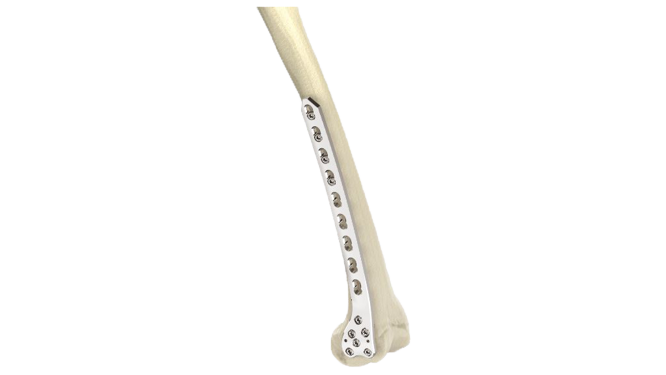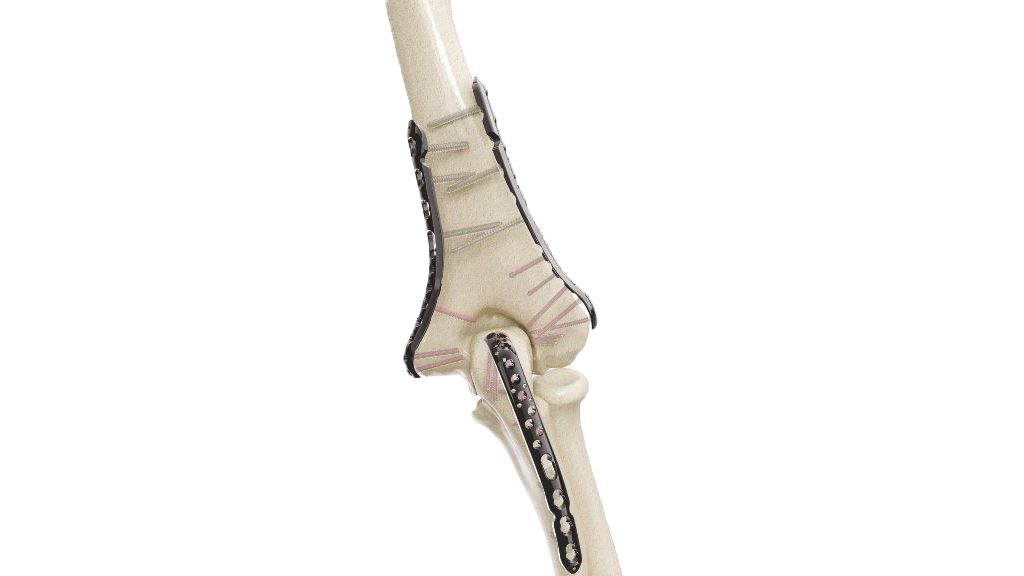Compact Hand Plates - 2.0 mm Adaption Locking (12 Hole)
Product Overview
Introducing our cutting-edge orthopedic implant, the Compact Hand Plates - 2.0 mm Adaption Locking (12 hole). Precision-engineered for excellence in hand surgery, this innovative implant offers the ultimate in stability and adaptability. With 12 locking holes, it ensures secure fixation for various hand fractures and conditions. Crafted from high-quality titanium, it exemplifies the latest advancements in orthopedic innovation. Elevate patient outcomes and surgical precision with our trusted Compact Hand Plates.
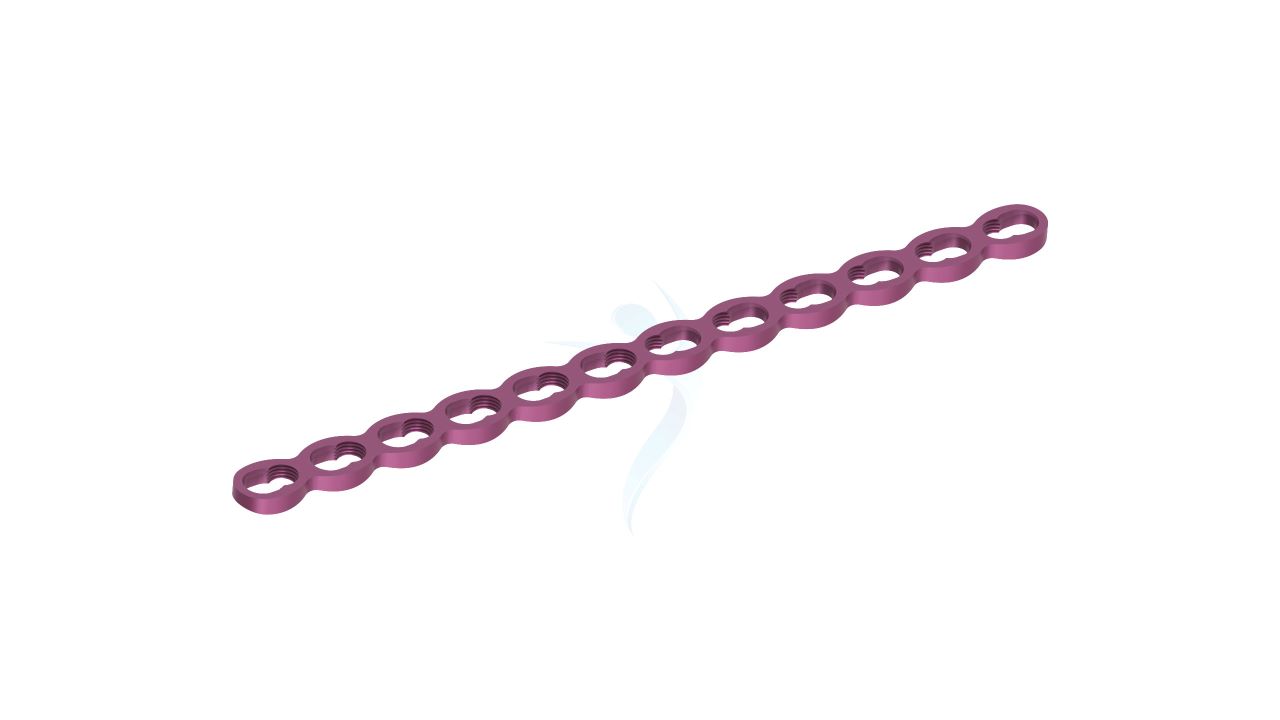
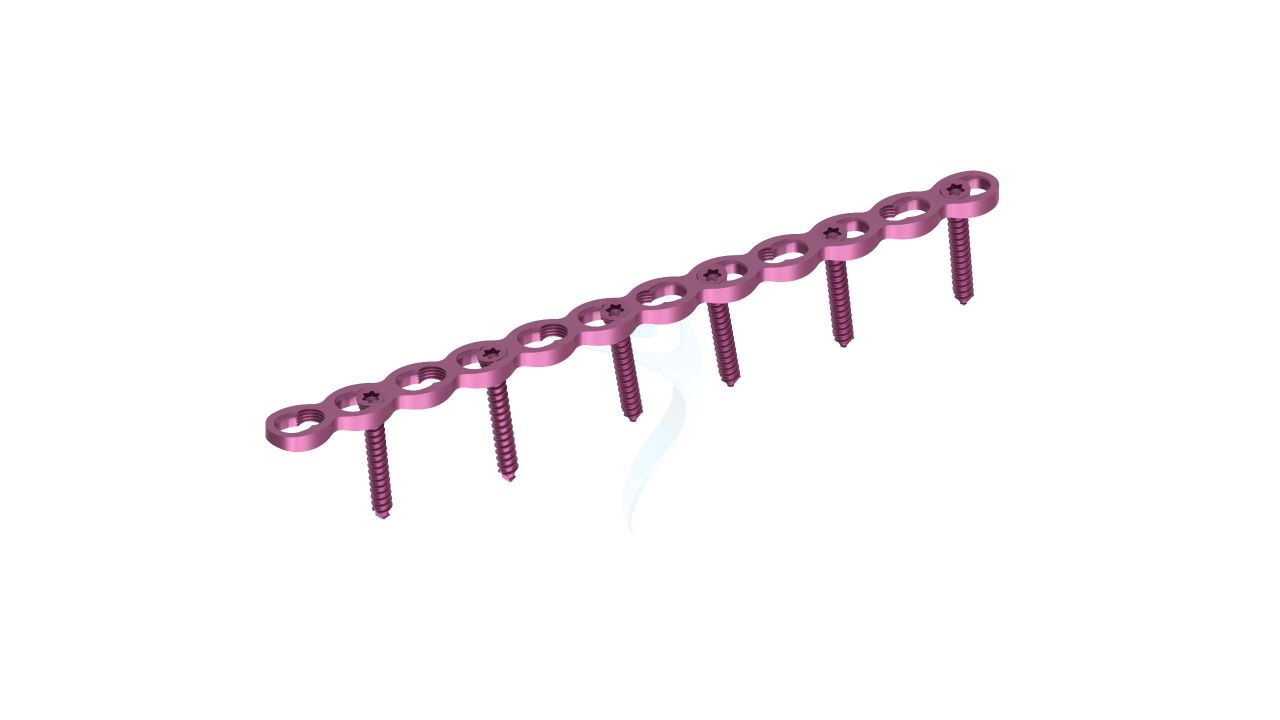


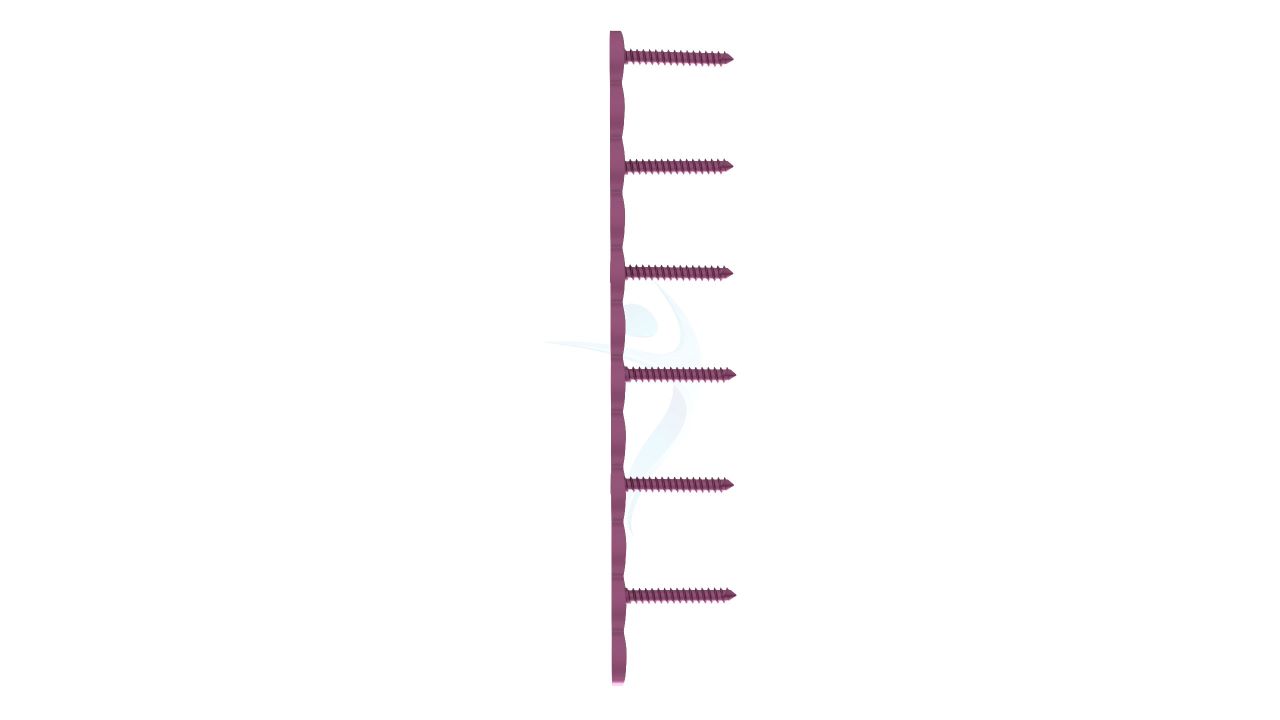
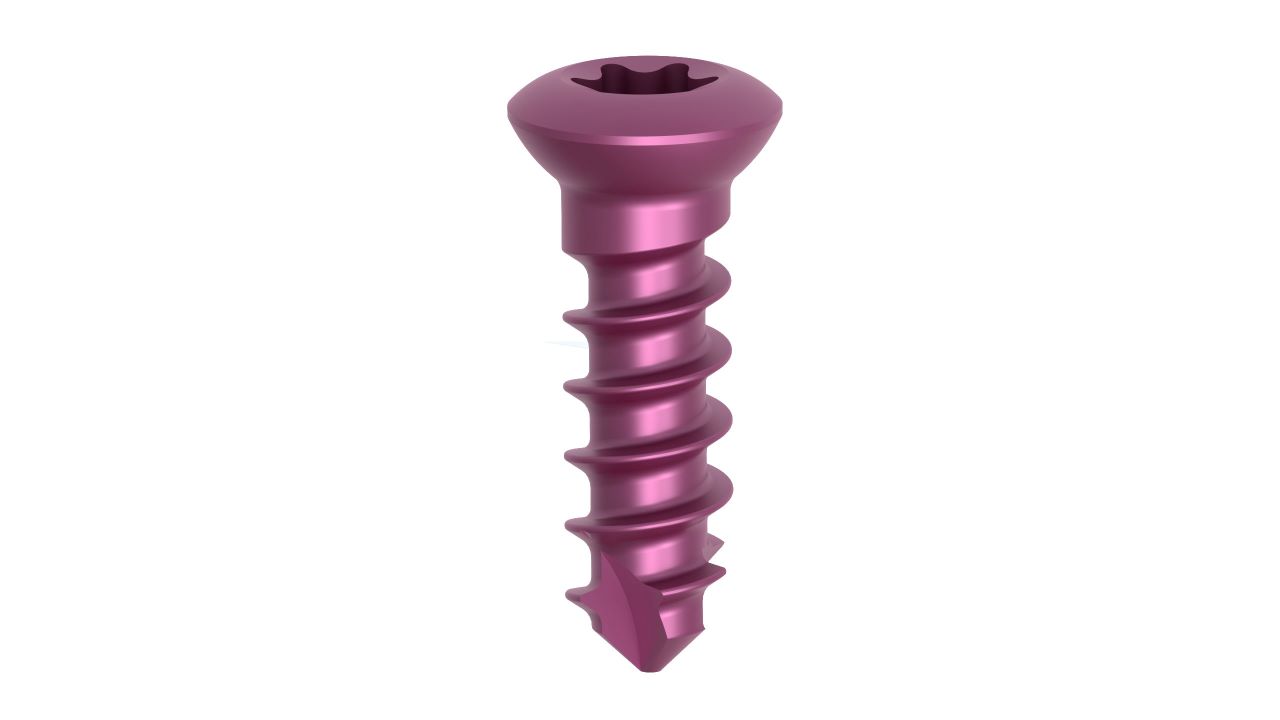
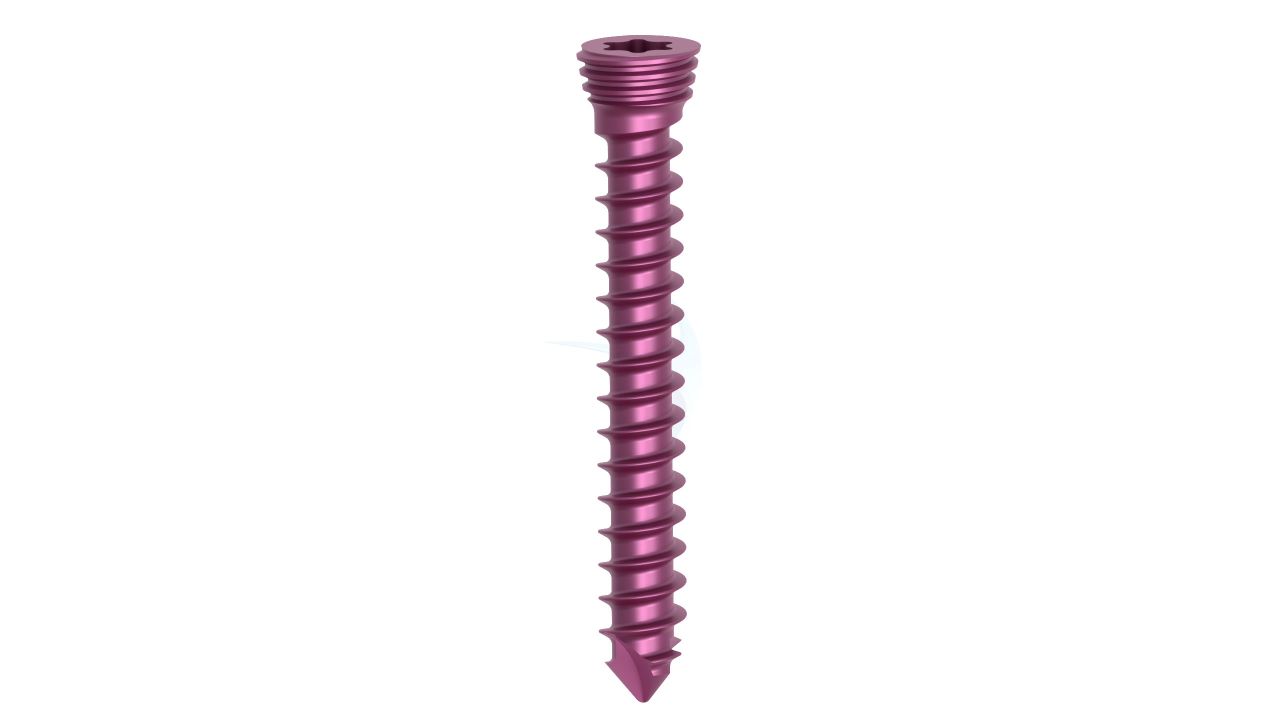
Product Uses
- Fracture Fixation : The primary purpose is to stabilize and fixate various hand fractures, including metacarpal and phalangeal fractures, to promote proper alignment and healing.
- Bone Repair : It provides essential support for the repair of bone defects, non-unions, and malunions in the hand, restoring structural integrity.
- Joint Fusion : Surgeons utilize these plates to facilitate joint fusion procedures, particularly in cases of degenerative joint diseases or post-traumatic joint instability.
- Reconstruction Surgery : It plays a pivotal role in reconstructive surgeries for hand deformities, trauma, or congenital conditions, ensuring precise alignment and stability.
- Tendon and Ligament Repair : The plates can be used to reinforce tendon and ligament repairs, enhancing the strength and integrity of the repair site.
Product Specification
- Size : The plates have a width of 2.0mm, providing strength and stability while accommodating the delicate structures of the hand.
- Material : Constructed from high-quality medical-grade titanium alloy, known for its biocompatibility, corrosion resistance, and strength.
- Design : The plates feature a compact design with 12 locking holes, offering adaptability in fixation angles and positions.
- Locking Mechanism : Incorporates a locking system for secure and stable fixation, reducing the risk of implant failure.
- Thickness : The plates are designed to have a low profile while maintaining structural integrity, contributing to minimally invasive surgical techniques.
- Screw Compatibility : Compatible with orthopedic screws of matching dimensions (2.0mm) for secure fixation.
Compact Hand Plates - 2.0 mm Adaption Locking (12 hole) Sizes
Comprehensive Guide for Compact Hand Plates 2.0 mm Adaption Locking (12 hole)
- Patient Evaluation : The surgeon conducts a thorough evaluation of the patient's medical history, including any underlying medical conditions, allergies, or previous surgeries.A comprehensive physical examination of the hand is performed to assess the extent of the injury or condition.
- Imaging : X-rays, CT scans, or other diagnostic imaging studies are ordered to provide detailed information about the hand's anatomy, the nature of the injury or condition, and the exact location of the planned surgery.
- Surgical Planning : Based on imaging results, the surgeon plans the procedure, including the selection of the appropriate plate size, length, and the anticipated angle of fixation using the 12-hole configuration.
- Informed Consent : The surgeon discusses the procedure, potential risks, and benefits with the patient, obtaining informed consent.
- Anesthesia : Anesthesia options (local, regional, or general) are discussed with the patient and administered as per the patient's and surgeon's preferences.
- Pre-operative Instructions : The patient is provided with clear pre-operative instructions, which typically include fasting before surgery, abstaining from medications that may affect clotting, and maintaining hand hygiene.
- Patient Positioning : The patient is positioned on the operating table with the affected hand accessible and exposed, typically in a sterile field.
- Incision : A carefully planned incision is made over the area of the hand requiring surgery. The incision's length and location depend on the specific condition and surgical approach.
- Fracture Reduction or Reconstruction : The surgeon carefully manipulates and reduces fractures or performs reconstructive procedures as needed, ensuring proper alignment.
- Plate Placement : The "Compact Hand Plates - 2.0 mm Adaption Locking (12 hole)" are positioned over the fracture or surgical site. The surgeon selects the appropriate holes for screw placement to achieve stable fixation and alignment.
- Screw Fixation : Orthopedic screws, matching the plate's dimensions (2.0mm), are inserted through the plate's locking holes and into the bone to secure the plate in place.
- Wound Closure : The incision is meticulously closed using sutures or staples, ensuring a clean and infection-free wound closure.
- Recovery Room : The patient is monitored in the recovery room to ensure stable vital signs and absence of immediate post-operative complications.
- Pain Management : Pain management protocols are initiated as needed to keep the patient comfortable.
- Physical Therapy : Depending on the surgeon's recommendations, physical therapy and rehabilitation exercises may be initiated to promote hand mobility, strength, and function.
- Follow-Up Appointments : The patient is scheduled for follow-up appointments with the surgeon to monitor the healing process, remove sutures or staples, and assess overall recovery.
- X-ray Monitoring : Regular X-rays are taken to evaluate bone healing, the position of the implant, and the progress of the hand's recovery.
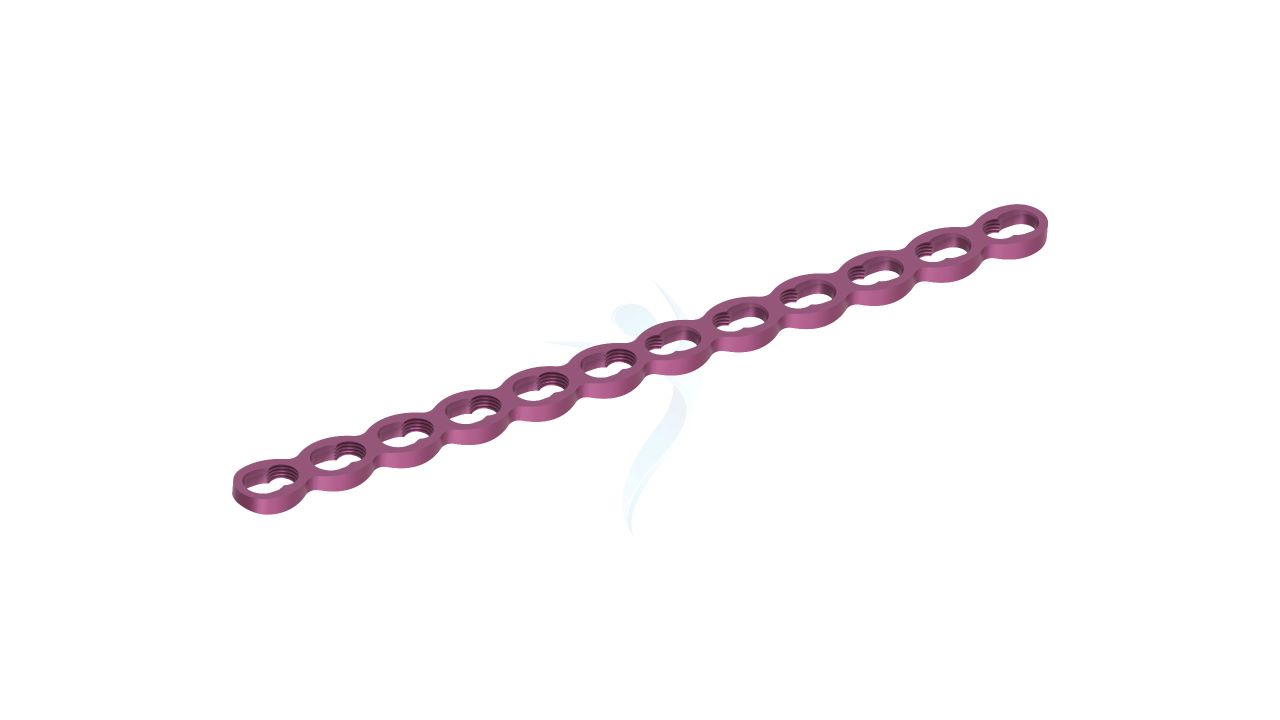


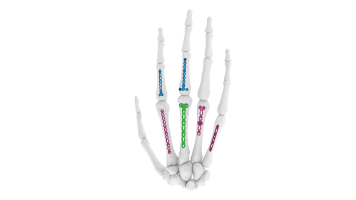
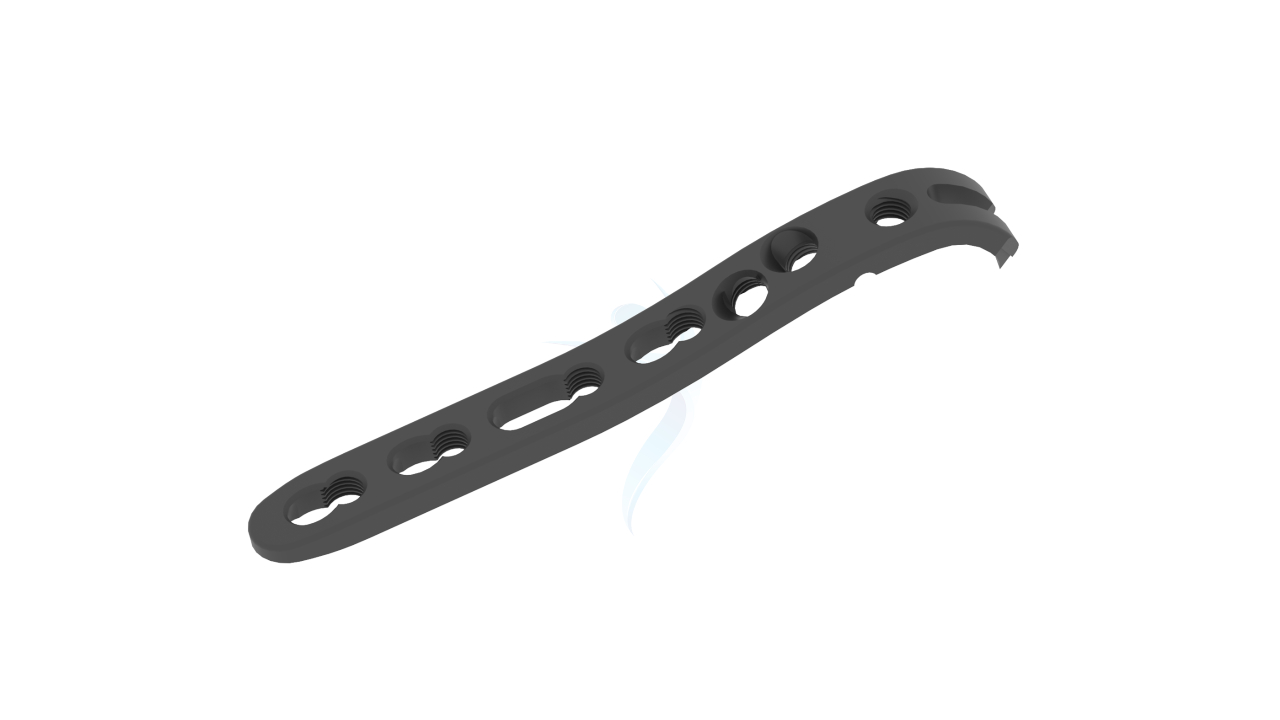
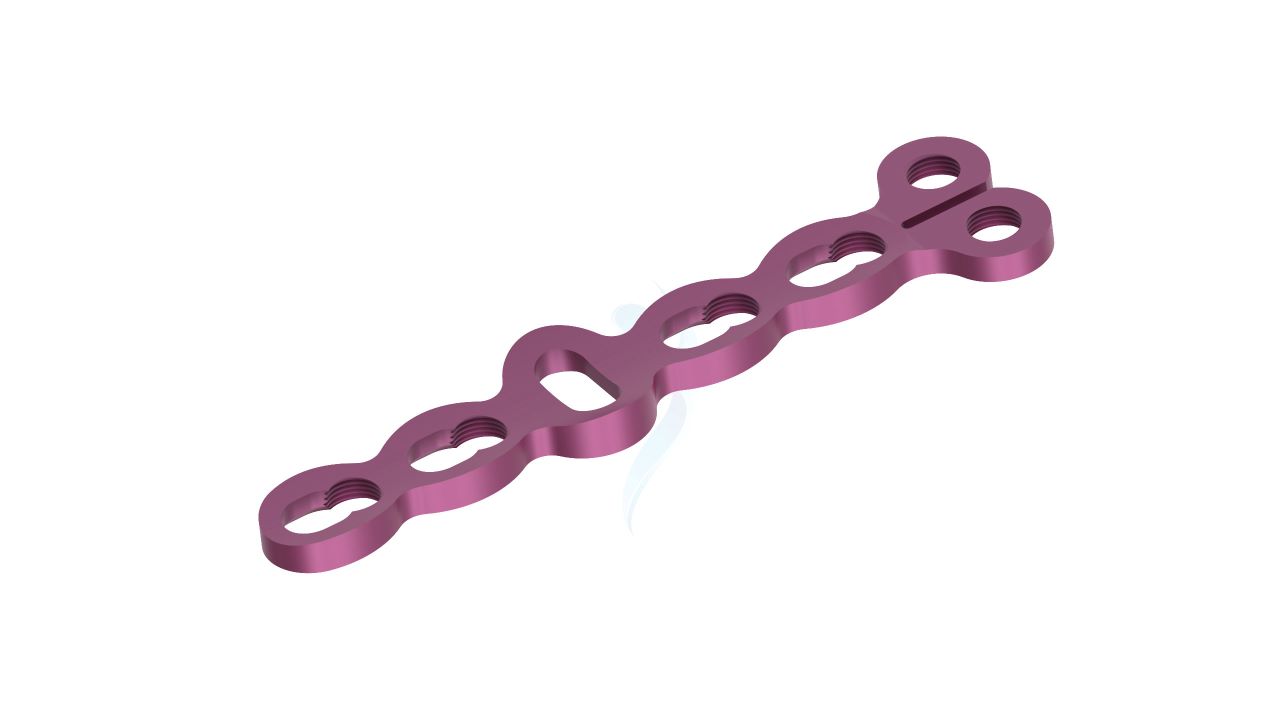
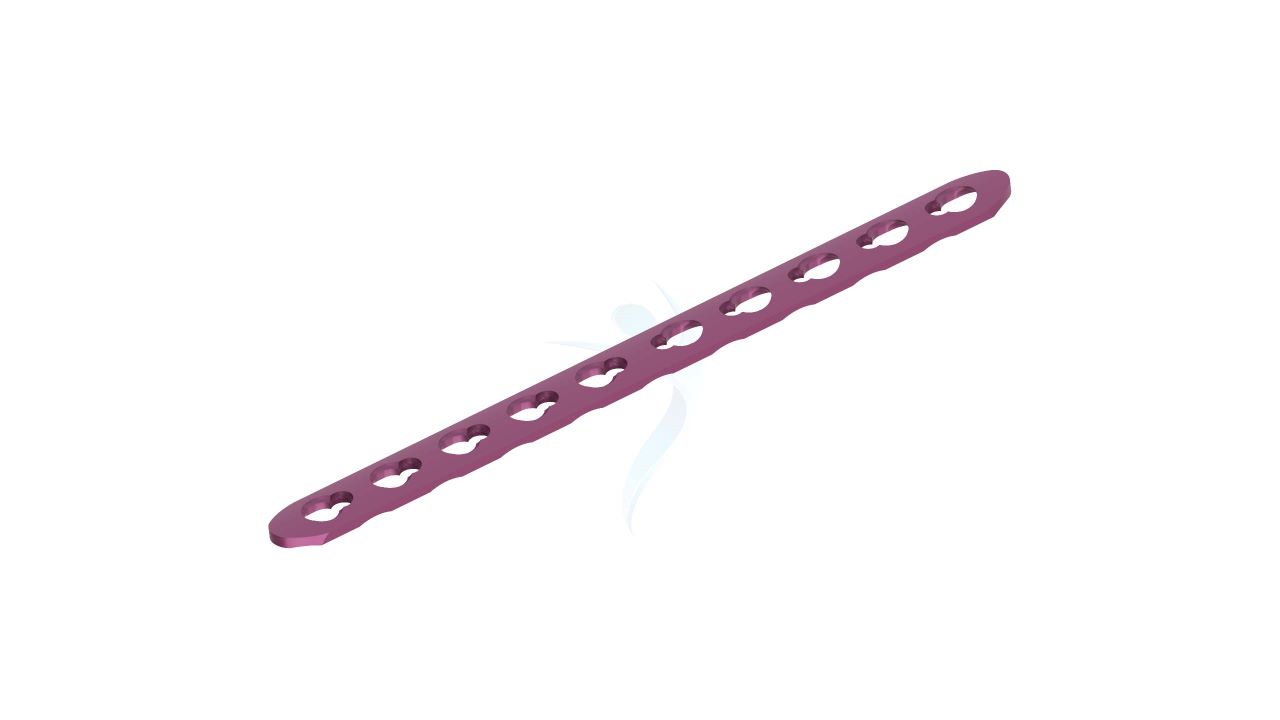
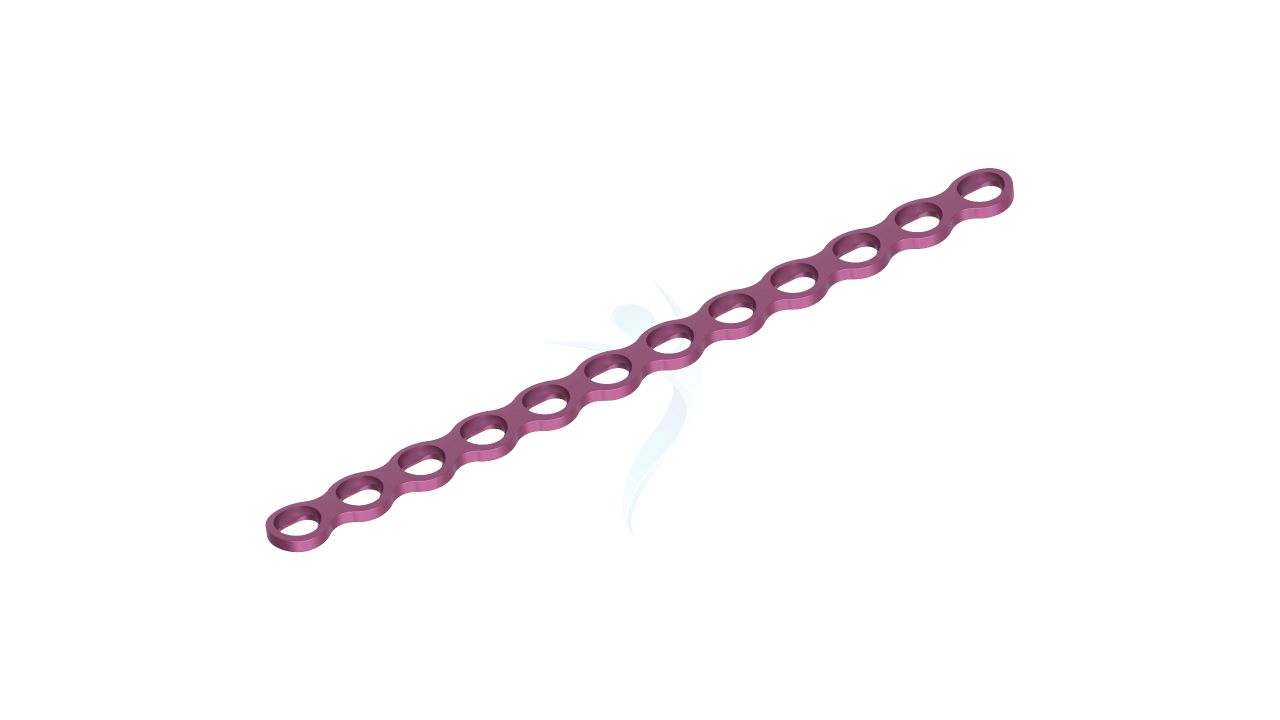
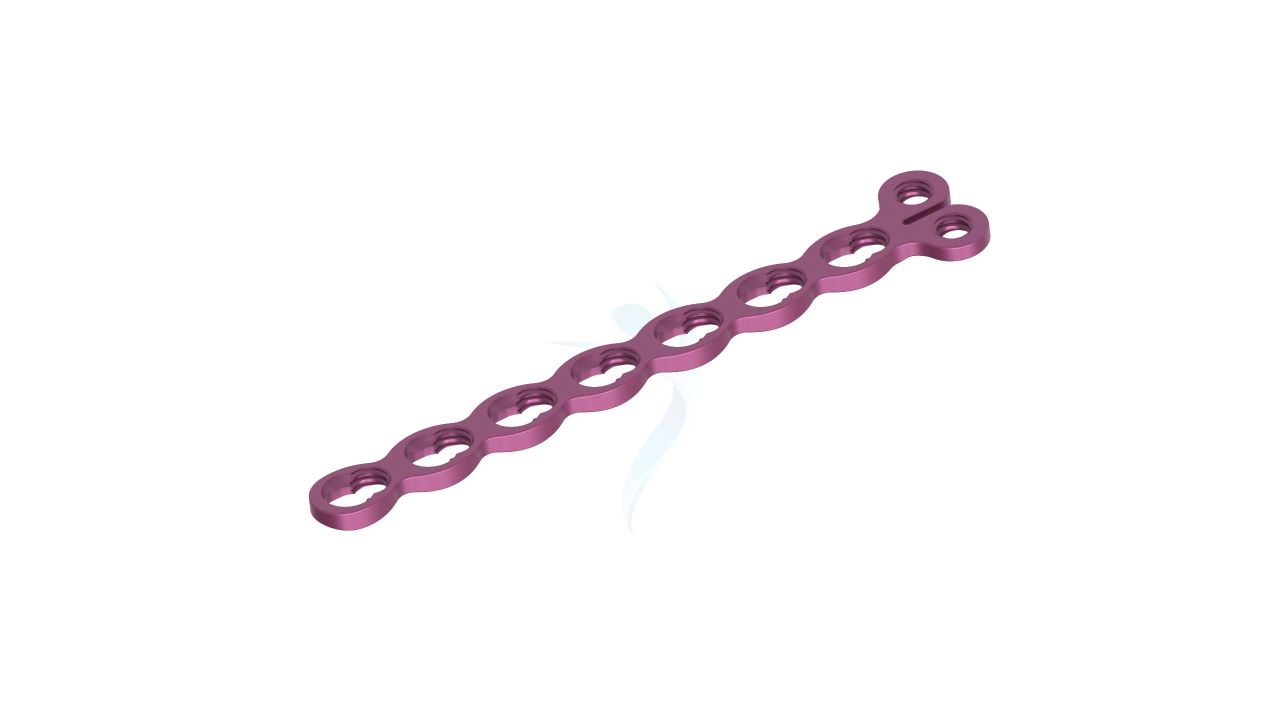
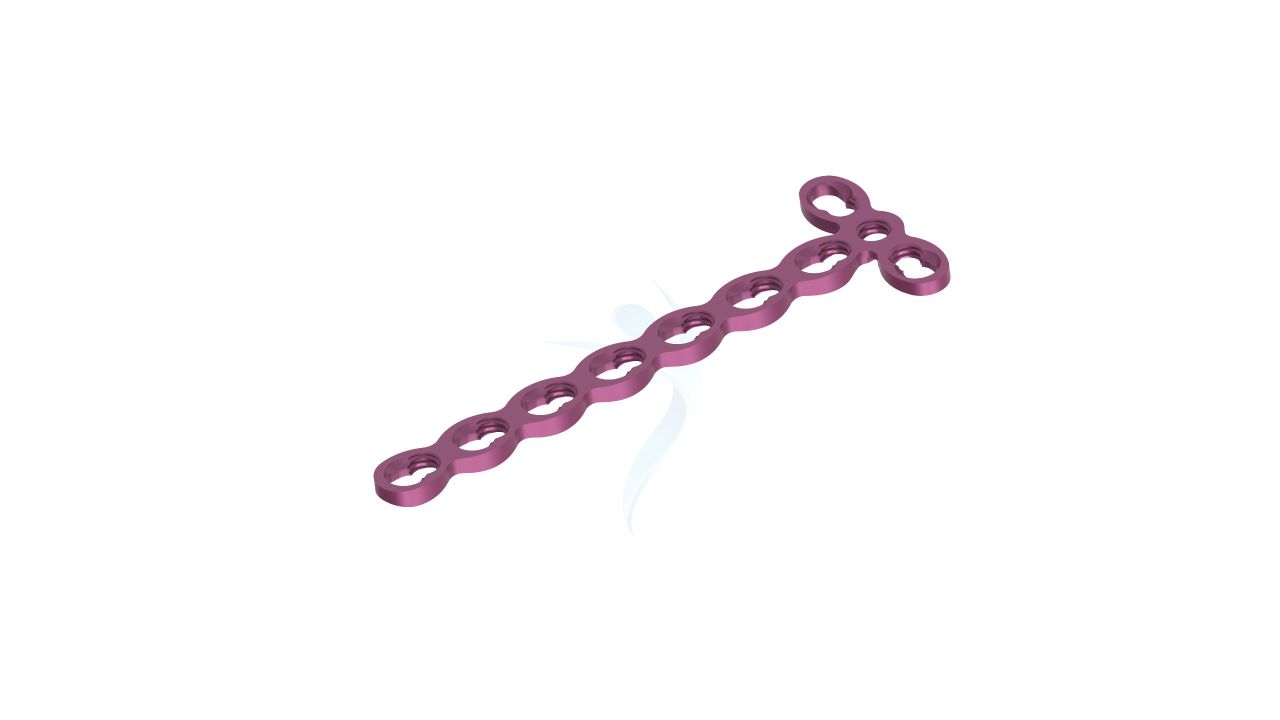
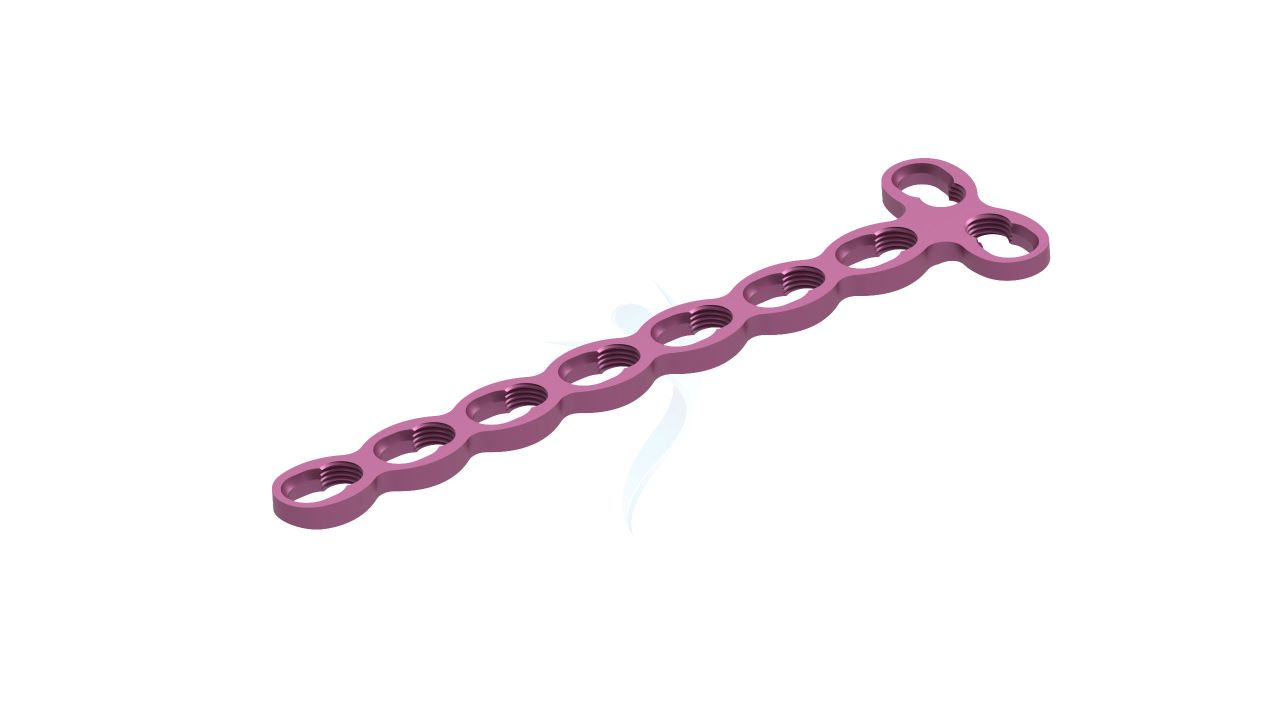
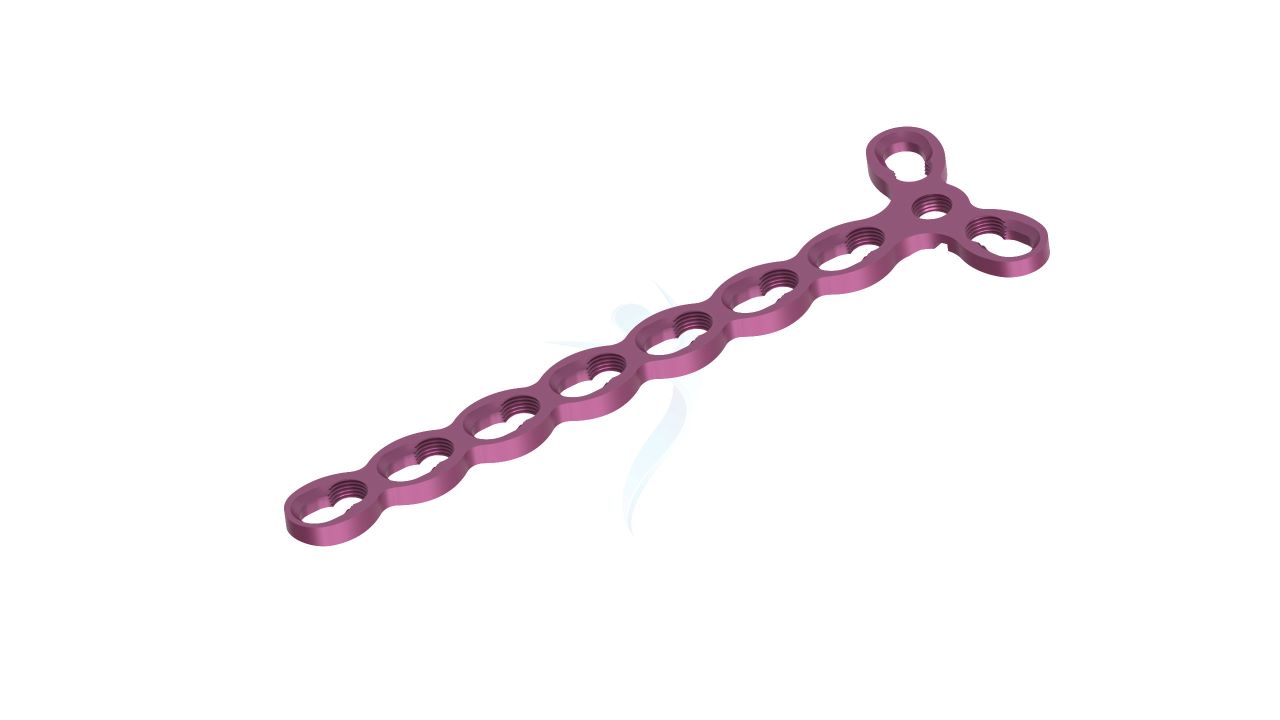
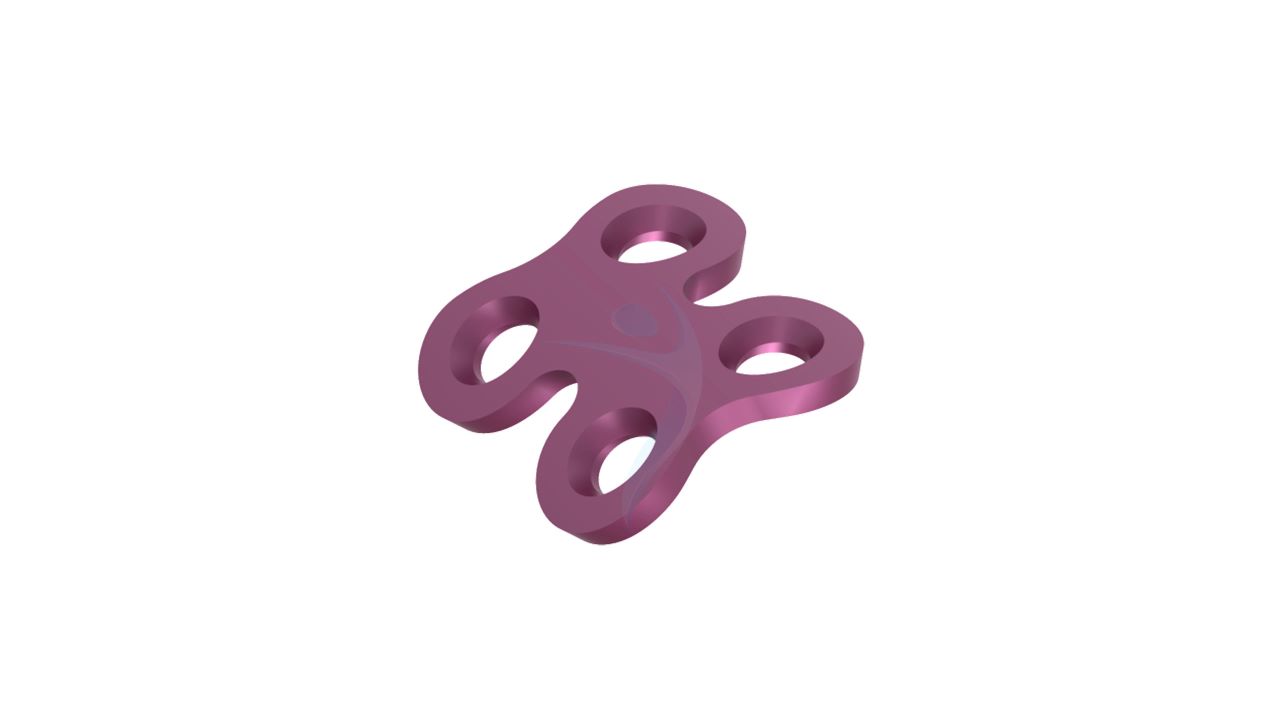

.png)

